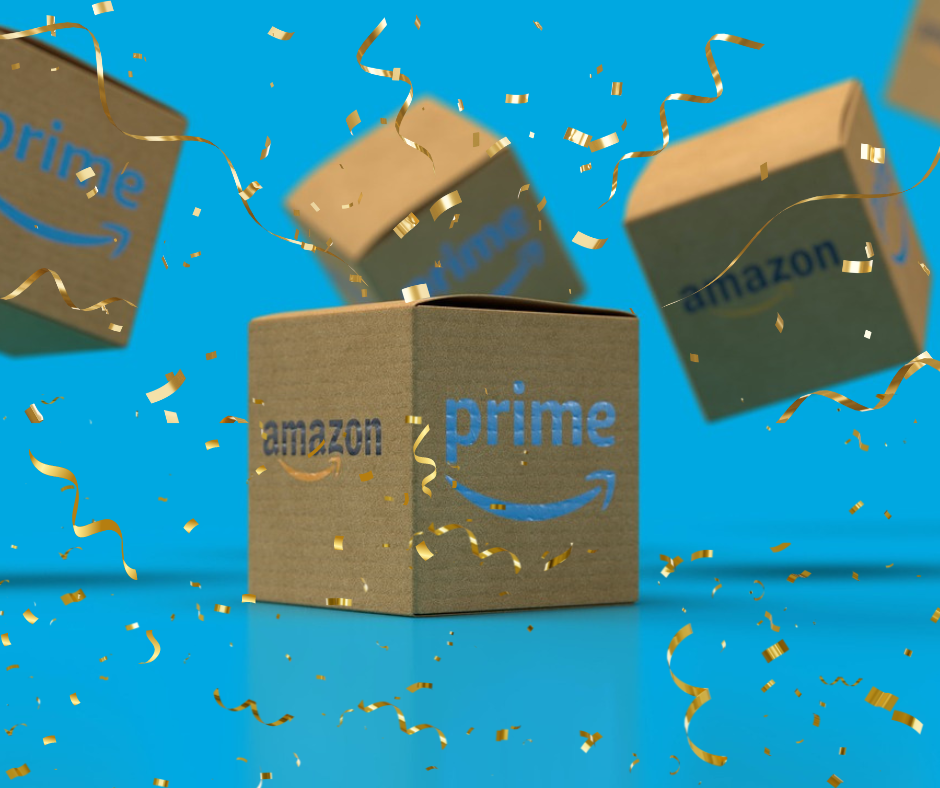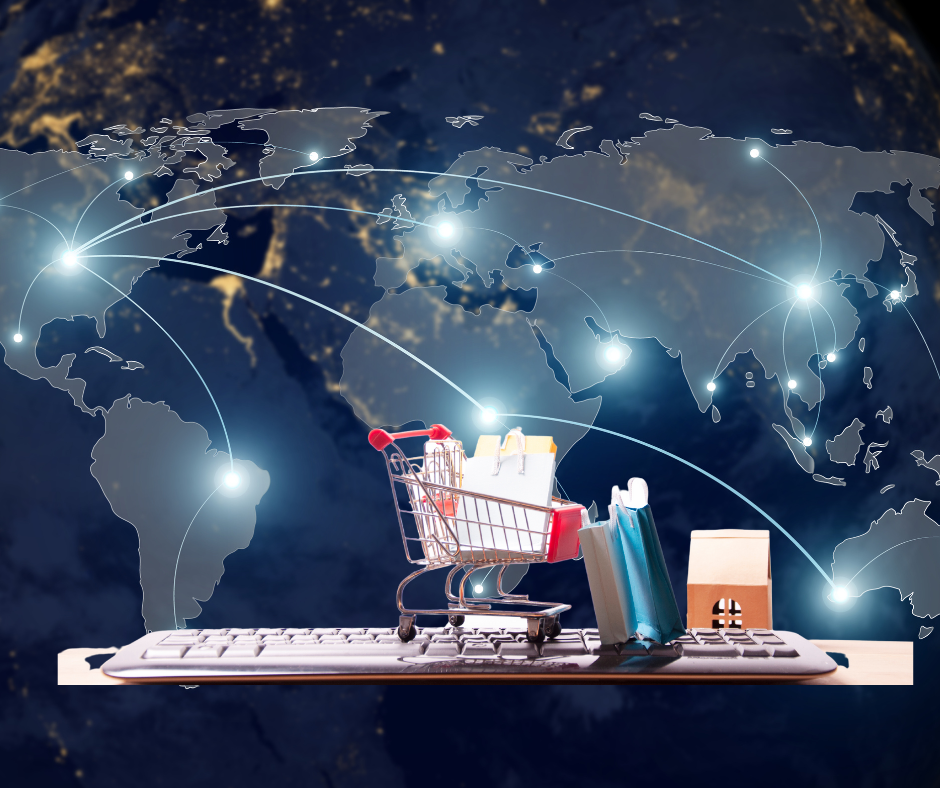-
First Day of Prime Day 2023: Largest Single Sales Day in Amazon’s History!

The first day of Prime Day, July 11, has etched its name in history as Amazon’s largest single-day sale ever. Let’s delve into the significant stats and highlights that made the First Day of Prime Day 2023 an unparalleled success.
-
Clicks and Countries: Exploring the E-commerce Boom in Emerging Markets

Get to know the phenomenon of the e-commerce boom in emerging markets, highlighting the factors contributing to their growth and the potential they hold for businesses worldwide.